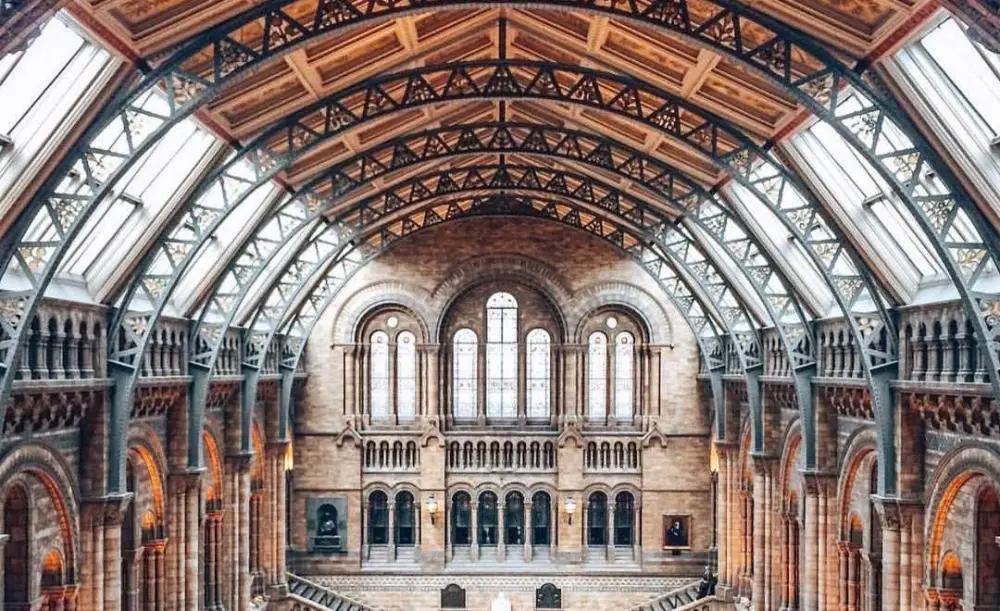After unlocking the secrets of agriculture, humans shrugged off their hunter-gatherer past and moved into large settlements called cities. Man traded his freedom for physical security, social continuity and plenitude. No longer subject to nature and her caprices, man was free to concentrate on other things. City dwelling brought us monumental buildings, writing, civil engineering, literature, sculpture, music, art, mathematics, laws, and a whole slew of inventions. Cities are the atoms of nations. Some modern cities today are so large geographically and demographically that no one from ancient times could even fathom it. Let’s look at some cities from ancient times that are still around today. Here are 10 of the oldest cities in the world.
10. Aleppo. Syria
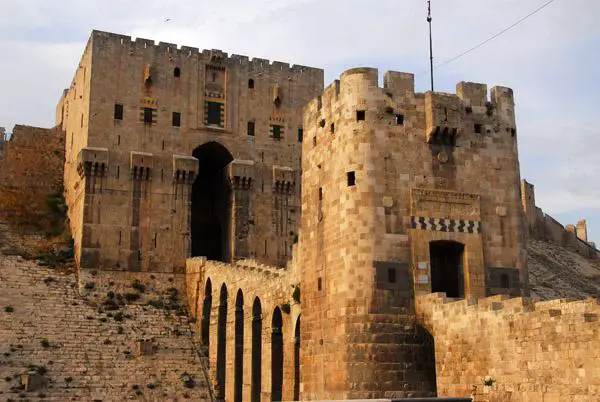
Archaeological evidence attests to the fact that Aleppo and the surrounding area is the oldest known human settlement in the world, with Aleppo proper rising 8,000 years ago, while the environs began to be inhabited a mind-blowing 13,000 years ago. Its first appearance in the written record comes 5,000 years ago in cuneiform tablets where mention is made of its commercial and military prowess. Its strategic location at the end of the Silk Road, between the Mediterranean Sea and Mesopotamia, passing through Central Asia and Mesopotamia, made Aleppo the center of the ancient world. Today it remains the largest city in Syria.
9. Luoyang. China
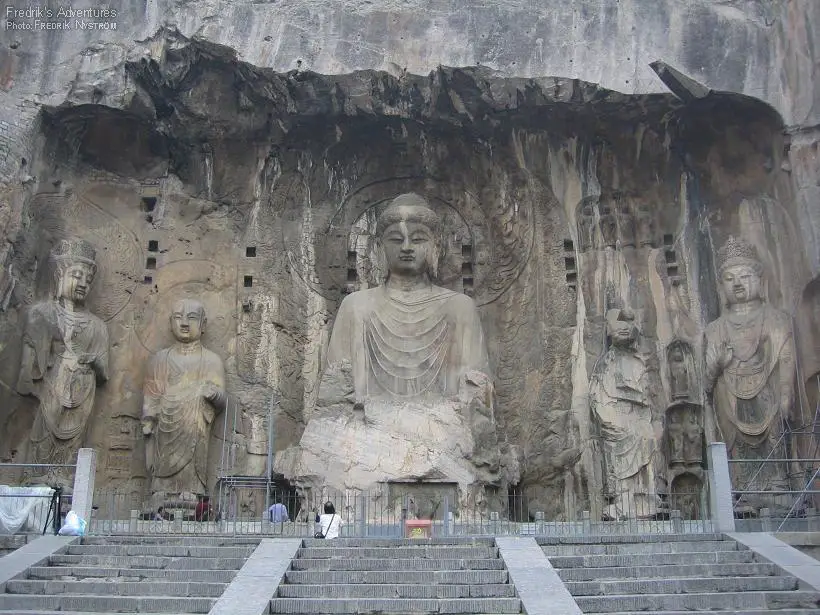
The oldest city in China is also one of the Four Great Ancient Capitals of the country and the oldest continuously inhabited city in Asia. It was built around 4,000 years ago, roughly at the same time that cities were being built in the Middle East and Europe, but Luoyang has withstood the test of time as a cradle of Chinese civilization. Because of its location in China’s central plain, at the intersection of the Luo and Yi rivers, it has been considered sacred ever since Neolithic times, when it first became inhabited. Luoyang is also the site of the Longmen Grottoes, 100,000 Buddhist statues carved into the rock and spread over 1,400 caves dating from the Wei Dynasty (493 CE). It’s interesting to note that the first Roman mission to China arrived at Luoyang in 166 CE, the first real contact between the two greatest empires in the world.
8. Varanasi. India

Also known as Benares, the City of Shiva is the holiest of the seven holy cities in Hinduism and Jainism and is also central to Buddhism. Hindu tradition says that to die in Varanasi ensures the deceased will achieve “moksha”, or release, from sufferings of the cycle of birth and death, and Gautama Buddha gave his first sermon near the city. Its holiness is further accentuated by being on the banks of the Ganges, the sacred river. The city is more than 5,000 years, which prompted Mark Twain, himself an Indiophile, to remark, “Benares is older than history, older than tradition, older even than legend, and looks twice as old as all of them put together.”
7. Jericho. Palestine

The biblical Jericho is still standing proudly after many, many years and much tribulation. Noone is sure how old the city is, but evidence unearthed of its fortifications date back to 6800 BC, making it the earliest known walled city, while evidence of habitation goes back to about 11,000 years. Incredibly, Jericho has remained inhabited throughout the centuries; despite invasions, massacres and the destruction of its walls, most notably by Joshua and his trumpets. Jericho today is a dry, barren land, even though it was once fertile and surrounded by palm trees. Its location, well below sea level, makes it the lowest permanently inhabited site on Earth. Today its 20,000 residents live mostly from tourism and agricultural processing factories.
6. Athens. Greece
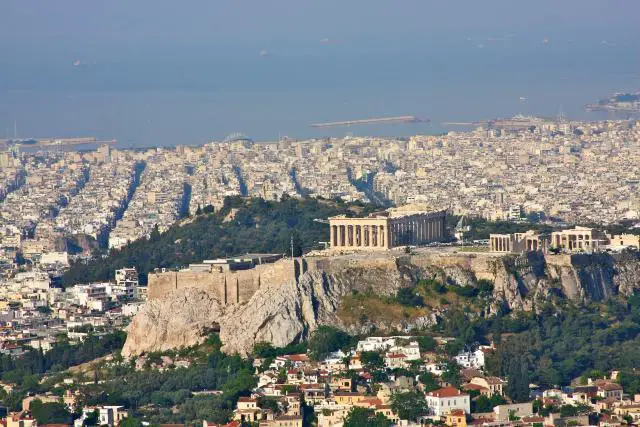
Athens has been blessing the world with reason for 7,000 years, even before the philosophers and their civilizing adventures. That’s how long the city has been continuously inhabited, but the birthplace of Western civilization already had human settlements as early as the 11th millennium BCE, long before the days of Socrates, Plato and Aristotle. Today, Athens is a sprawling, cosmopolitan capital; it ranked the world’s 39th richest and the 77th most expensive, but you can still enjoy vestiges of the past like the impressive Acropolis or the sublime Parthenon.
5. Plovdiv. Bulgaria
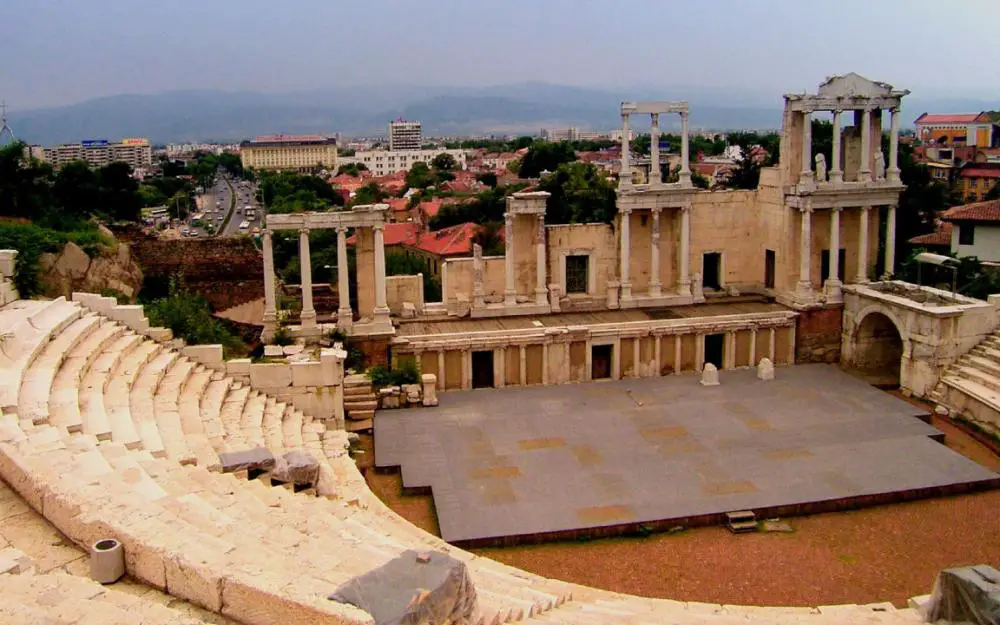
Bulgaria’s second largest city is also one of Europe’s oldest cities, with a history stretching back some 6,000 years. Plovdiv was originally a Thracian settlement known as Philippopolis, after the Macedonian King Phillip II and father to Alexander the Great and was a major city for the Romans and the Ottomans, who ruled it for a time. The city still shows off the remnants of its classical past with a Roman aqueduct, the Odeon and the Ancient Theater. Plovdiv today is an important economic, cultural and educational center.
4. Byblos. Lebanon

There’s a reason why this Lebanese city sounds familiar. Byblos was once famous for importing papyrus to Greece and the Bible (the papyrus book) traces its European name to that one. Bibles aside, the city of Byblos was first settled 7,000 years ago, and has been a continuously inhabited city for at least 5,000 years. According to the ancient writer Philo of Byblos, the city had a reputation in antiquity of being the oldest city in the world. Byblos today has a vibrant Maronite Catholic and Shia Muslim communities and is Lebanon’s premier international tourist destination.
3. Rey. Iran
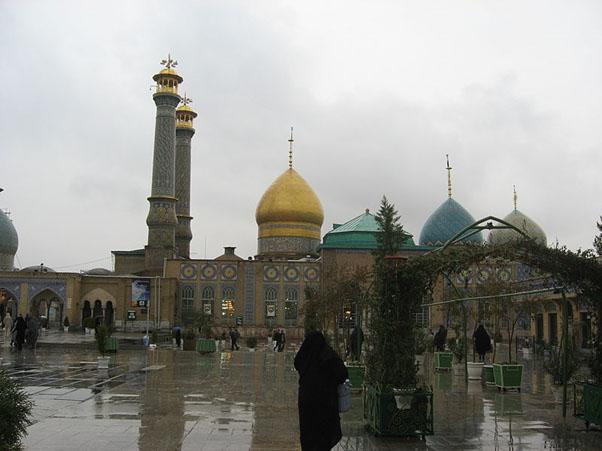
Historians attribute the founding and building of Rey to ancient mythological monarchs. At some point was the seat of the dynasty of a Zoroastrian leader and to this day it is a sacred Zoroastrian city. Rey is within the Greater Tehran metropolitan area, and was first settled 8,000 years ago, though it has likely been continuously occupied for about 5,000 to 6,000 years. The city retains a wealth of historical monuments, such as the 5,000-year-old Cheshmeh Ali hill, the 3,000-year-old Gebri castle and Shah Abbasi caravanserai.
2. Argos. Greece
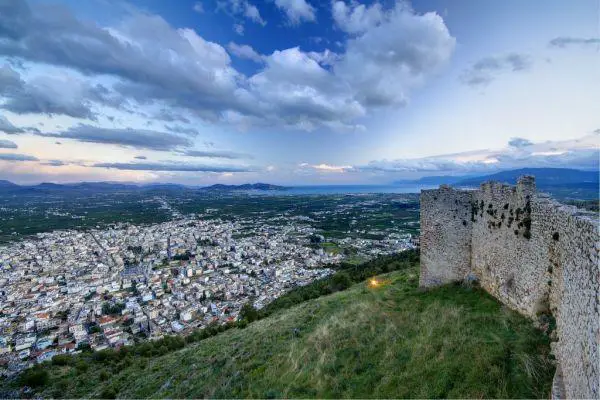
Argos has been continuously inhabited for the past 7,000 years and stands together with Athens as the oldest city in Europe. It used to be one of Sparta’s main rivals during classical times but because of its neutrality during the Greco-Persian Wars and its refusal to participate or send supplies in that and other conflicts, the city was shunned by the rest of Greek city-states. The mythological character Perseus, the son of the God Zeus and Danaë, who was the daughter of the king of Argos, Acrisius, was supposedly born in Argos and the list of its kings is a trip down history. Today, the city is peaceful, living mostly from tourism and agriculture, especially citrus fruits and olives.
1. Damascus. Syria

The City of Jasmine is considered one of the oldest continuously inhabited cities in the world. Archaeologists have dug up evidence of the city being inhabited as early as 11,000 years ago and since then, empires have vied for her favors and conquered her. Assyrians, Mamluk Egyptians, Alexander the Great, Rome, Ottomans and Arabs have all passed through, leaving an impressive cultural and historical legacy. The city has a bustling population of 2.5 million and was named the 2008 Arab Capital of Culture.



